Structural Composition
Structural composition refers to the arrangement and organization of materials within a substance or object. This concept is important in understanding the properties and behavior of different materials, as well as in fields such as engineering, architecture, and materials science.
Types of Structural Composition
There are several types of structural composition, including:
- Atomic Structure: The arrangement of atoms within a molecule or solid substance.
- Crystal Structure: The specific arrangement of atoms, ions, or molecules in a crystalline solid.
- Molecular Structure: The arrangement of atoms within a molecule, including the types of bonds and the three-dimensional shape of the molecule.
- Macroscopic Structure: The overall arrangement and organization of materials on a larger scale, such as in a building or bridge.
Importance of Structural Composition
Understanding the structural composition of materials is crucial for several reasons:
- It influences the physical and chemical properties of a substance, such as its strength, flexibility, conductivity, and reactivity.
- It determines how materials behave under different conditions, such as temperature, pressure, and stress.
- It is essential for designing and engineering materials and structures with specific properties and functionalities.
Studying Structural Composition
To study structural composition effectively, consider the following key points:
- Learn about the different types of structural composition and their characteristics.
- Understand how the arrangement of atoms, molecules, or materials at the microscopic level influences the properties of a substance.
- Explore real-world examples of structural composition, such as the crystal structure of minerals, the molecular structure of polymers, and the macroscopic structure of buildings.
- Examine how changes in structural composition can lead to different material properties, and how these properties can be harnessed for practical applications.
- Consider the role of structural composition in various scientific and engineering fields, and its impact on technological advancements and innovations.
By grasping the concept of structural composition and its significance, you can gain a deeper understanding of the materials and structures that surround us, and appreciate the intricate ways in which their composition shapes their behavior and functionality.
[Structural Composition] Related Worksheets and Study Guides:
.◂Science Worksheets and Study Guides Fifth Grade. The 6-Kingdoms of life
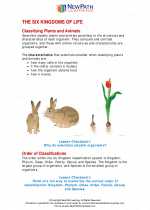
 Activity Lesson
Activity Lesson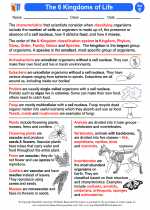
 Worksheet/Answer key
Worksheet/Answer key
 Worksheet/Answer key
Worksheet/Answer key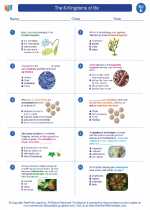
 Worksheet/Answer key
Worksheet/Answer key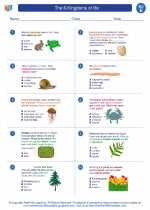
 Worksheet/Answer key
Worksheet/Answer key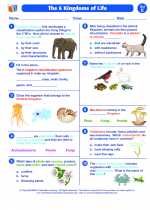
 Vocabulary/Answer key
Vocabulary/Answer key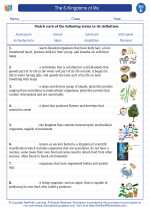
 Vocabulary/Answer key
Vocabulary/Answer key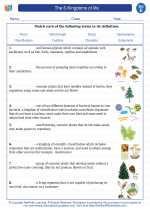
 Vocabulary/Answer key
Vocabulary/Answer key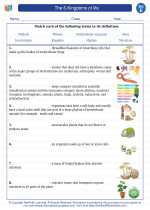
 Vocabulary/Answer key
Vocabulary/Answer key
